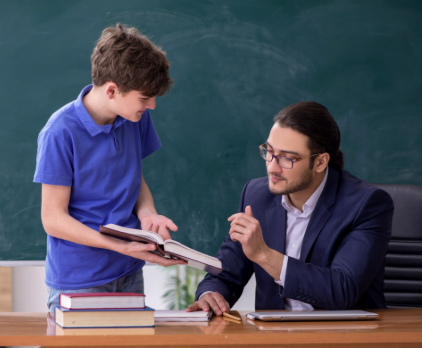Introduction
A personalized learning plan (PLP) is a strategic tool that helps tailor a student’s educational experience to their unique strengths, needs, goals, and learning preferences. By placing the student at the center of planning, educators can foster greater engagement, ownership, and academic success. Developing an effective PLP involves collaboration, thoughtful design, and ongoing reflection.
1. Understand the Student’s Learning Profile
Begin by gathering comprehensive information about the student. This includes academic history, learning style, interests, strengths, and areas needing support. Input from previous teachers, assessment data, and conversations with the student and family provide valuable insights for customizing instruction.
2. Set Clear and Achievable Goals
Personalized learning plans should include both short-term and long-term goals. These goals should be specific, measurable, and relevant to the student’s academic and personal development. Collaborating with the student in setting goals ensures ownership and motivation.
3. Design Flexible Learning Pathways
Not all students learn the same way. A strong PLP outlines diverse instructional strategies and resources that align with the student’s learning style. Options may include project-based learning, independent study, group work, or digital tools. Flexibility allows for adjustments as the student progresses.
4. Include Support Systems
Identify support mechanisms that will help the student succeed. This could involve mentoring, regular check-ins with teachers, peer tutoring, or access to learning specialists. A successful PLP ensures the student is not working in isolation but has a supportive learning network.
5. Monitor Progress and Reflect Regularly
Establish methods for tracking progress toward goals. This may involve performance assessments, student self-evaluations, or portfolio reviews. Schedule regular reflection points to discuss what’s working and where changes might be needed. Continuous feedback helps maintain momentum and make the plan more effective over time.
6. Involve Families in the Process
Family engagement is vital in reinforcing learning goals and strategies outside the classroom. Invite parents or guardians to participate in the development and review of the PLP. Their perspective and support can strengthen the plan and encourage student accountability.
Conclusion
Creating personalized learning plans is a thoughtful process that empowers students to take charge of their education. By recognizing individual needs and crafting tailored pathways to success, educators can help students thrive academically and personally. A well-structured PLP builds confidence, fosters responsibility, and prepares learners for a future of continued growth and achievement.













